As construction activities around the world continue to grow, the demand for sand as a key construction material has escalated significantly. Traditionally, river sand has been the preferred choice due to its availability and natural characteristics, but with rapid urbanization and infrastructural development, the scarcity of this natural resource has become a pressing concern. This has led to the emergence of manufactured sand (M-Sand) as a viable, eco-friendly alternative. M-Sand is artificial sand produced by crushing hard stones into small sand-sized particles, refined and washed to be used as a construction aggregate. It mimics the properties of river sand while addressing some of the critical environmental and logistical challenges associated with natural sand.
Why Use Manufactured Sand?
In many countries, including India, the scarcity of natural sand is becoming an increasingly urgent issue. Sand, a critical ingredient in concrete, mortar, and other building materials, is extracted from riverbeds, coastal regions, and quarries. However, with growing demand, unsustainable extraction practices are depleting these natural resources, damaging river ecosystems, and disrupting shorelines.
Addressing Environmental Concerns
One of the primary advantages of manufactured sand is its ability to mitigate environmental damage caused by sand mining. Excessive extraction of sand from rivers leads to the depletion of riverbeds, which can result in erosion, loss of aquatic habitats, and lowering of the water table. M-Sand, produced from granite or other hard stones, does not require the same extensive mining of natural sources, thereby preserving rivers and coastal areas.
Meeting the Demand for Sand
As natural sand sources become scarce, M-Sand is an effective solution to meet the growing demand for construction materials. In urban areas, where infrastructure and housing developments are rapidly expanding, the need for sand far outstrips the supply available from natural sources. Manufactured sand, on the other hand, can be produced in large quantities, allowing for a consistent and reliable supply.
Cost Benefits
Transportation costs also play a significant role in the affordability of construction materials. Since M-Sand can be produced locally from nearby quarries, the cost of transporting natural sand from distant riverbeds or coastal areas is reduced significantly. This cost-saving aspect of M-Sand makes it an attractive alternative, particularly for projects in urban or semi-urban locations where proximity to natural sand sources may be limited.
Reducing Energy Consumption and Utilizing Waste
Manufactured sand not only reduces the pressure on natural sand resources but also utilizes aggregate waste from quarries. By recycling waste rock and converting it into usable construction material, M-Sand reduces energy consumption and waste management challenges. This shift also aligns with global sustainability goals, promoting a circular economy by minimizing waste.
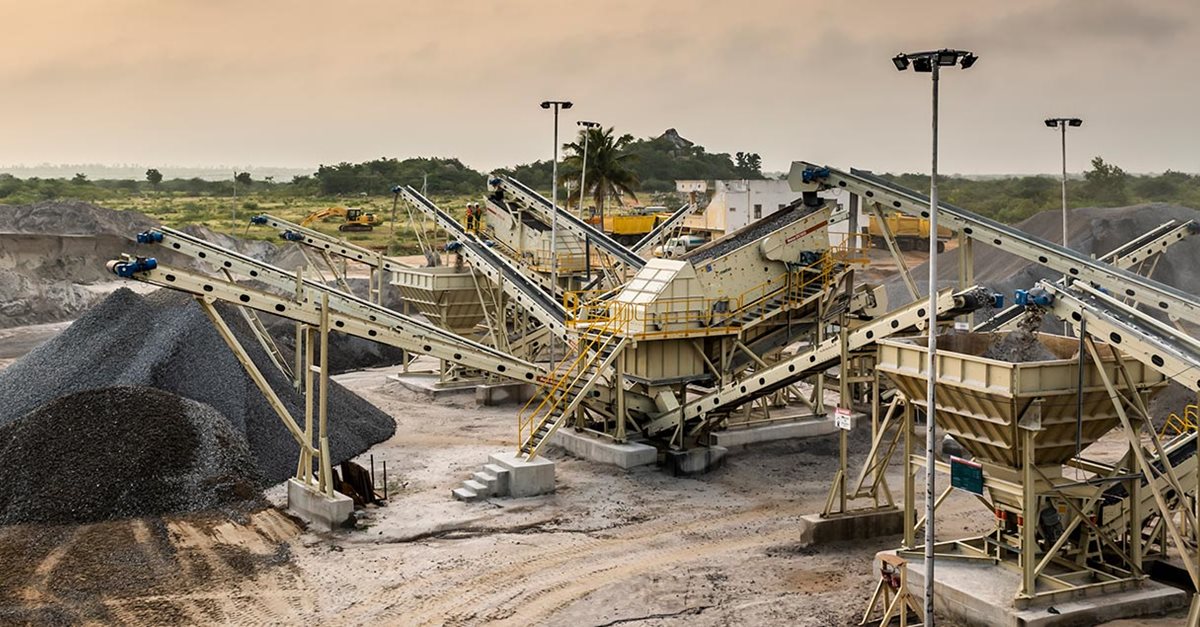
The Manufacturing Process of M-Sand
The production of manufactured sand follows a specific and highly controlled process that ensures its quality and suitability as a construction material. The key stages of M-Sand manufacturing include:
1. Extracting Raw Material
The first step in M-Sand production involves sourcing the raw material—typically hard granite rocks or other coarse, durable rock deposits. These rocks are chosen for their hardness, durability, and structural integrity.
2. Aggregate Crushing
In this stage, the raw material is fed into crushers, where it is broken down into smaller pieces. Vertical shaft impact (VSI) crushers are commonly used in the initial crushing phase. This process generates angular particles that are well-suited for construction use.
3. Screening and Sorting
After crushing, the material is screened and sorted into different size fractions. The aim is to separate the fine particles from the coarser aggregates. The resulting sand is refined through air classification and sieving to achieve the desired particle size.
4. Air Classifying
In this stage, impurities and unwanted particles, such as clay and silt, are removed. The sand undergoes air classifying and washing to further clean the particles, ensuring they meet the required specifications for construction use.
5. Storage and Handling
Finally, the M-Sand is stored in silos or hoppers for further use. The careful handling and storage of M-Sand ensure that its quality is maintained until it reaches the construction site.
Types of Manufactured Sand
There are various types of M-Sand available, each designed for specific applications based on the requirements of different construction activities. Here’s a more detailed look at the different types of M-Sand:
1. M-Sand for Concreting
This type of M-Sand is primarily used for preparing concrete mixes. It is well-suited for structural applications such as load-bearing walls, columns, beams, and slabs. M-Sand for concreting has superior particle shape and size distribution, which leads to better bonding and higher compressive strength in concrete.
2. M-Sand for Plastering
Plastering requires finer sand to achieve a smooth finish on walls and surfaces. M-Sand for plastering is manufactured to have finer particles that offer better workability for plaster and render finishes. This type of M-Sand provides an even texture and eliminates surface cracks caused by improper plastering due to inconsistent particle sizes in natural sand.
3. M-Sand for Brick or Block Work
M-Sand for brick or blockwork is coarser than plastering sand but finer than concreting sand. It is used in masonry works, including laying bricks or constructing blocks. The uniformity in size and angular shape allows for better adhesion and alignment of bricks or blocks, contributing to stronger masonry structures.
4. M-Sand for Road Work
A coarser variety of M-Sand is often used for road construction and other infrastructure projects. This type is preferred due to its ability to withstand heavy traffic loads and harsh weather conditions. The higher durability and abrasion resistance of M-Sand make it an ideal material for asphalt mixes and base layers in road construction.
Advantages of Manufactured Sand
Manufactured sand offers numerous advantages over natural river sand, making it an increasingly popular choice for construction projects. Here are some of the key benefits:
1. Superior Strength and Durability
M-Sand has higher compressive and flexural strength compared to natural sand. This means that concrete made with M-Sand is stronger and more durable, offering better resistance to external forces and environmental factors. Its cubical shape and proper gradation ensure that it bonds well with cement, resulting in stronger concrete.
2. Consistency in Grading
One of the challenges with natural sand is the variation in quality and grading. River sand can contain impurities such as clay, dust, and silt, which can affect the performance of the concrete. M-Sand, on the other hand, is produced in a controlled environment, ensuring consistency in grading and particle size. This precision leads to better workability and higher-quality concrete.
3. Reduced Voids and Improved Workability
The angular shape of M-Sand particles allows for better packing, reducing the voids in concrete. This results in concrete that is denser and has fewer gaps or air pockets. Additionally, the consistent particle size and shape contribute to better workability, making it easier to mix and apply.
4. Free from Impurities
Manufactured sand is free from impurities such as clay, dust, and organic matter that are commonly found in natural sand. These impurities can negatively impact the quality of concrete by increasing permeability and reducing strength. With M-Sand, builders can achieve a higher quality finish and longer-lasting structures.
Market Potential and Demand of Manufactured Sand in Asia- Pacific and India
According to Transparency Market Research, the M-Sand market in the Asia Pacific region was valued at USD 20.6 billion in 2022. It is projected to grow at a compound annual growth rate (CAGR) of 13.6% from 2023 to 2031, reaching USD 64.9 billion by the end of the forecast period.
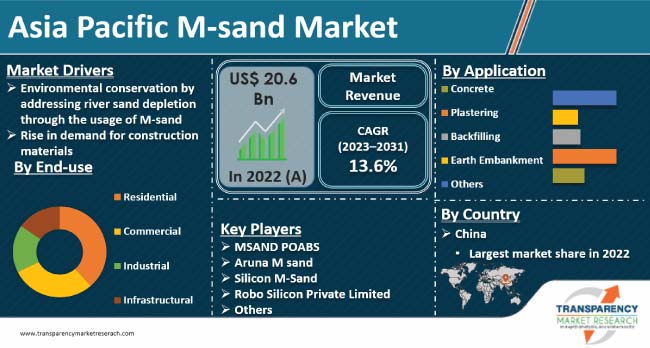
The Indian sand market has witnessed significant growth, with a market size reaching US$ 551.1 million in 2023. According to the IMARC Group, this market is projected to expand further, anticipated to reach US$ 908.6 million by 2032, reflecting a compound annual growth rate (CAGR) of 5.71% from 2024 to 2032.
Several factors contribute to the rising demand for manufactured sand (M Sand). Key among them are the environmental benefits associated with its use, the consistency in quality it offers, and the scarcity of natural sand. The increasing costs related to the transportation and mining of natural sand from riverbeds have also led many companies to prefer M Sand for construction projects.
Conclusion
Manufactured sand (M-Sand) is increasingly recognized as a crucial solution to the challenges posed by the scarcity of natural sand. Its numerous advantages, including enhanced strength, consistent quality, and reduced environmental impact, make it an attractive choice for the construction industry. As demand continues to rise, investing in M-Sand production not only addresses the needs of modern construction but also promotes sustainable practices that protect our natural resources. Embracing M-Sand reflects a commitment to building a more sustainable future for the construction sector.
Images-metso.com, cdegroup.com

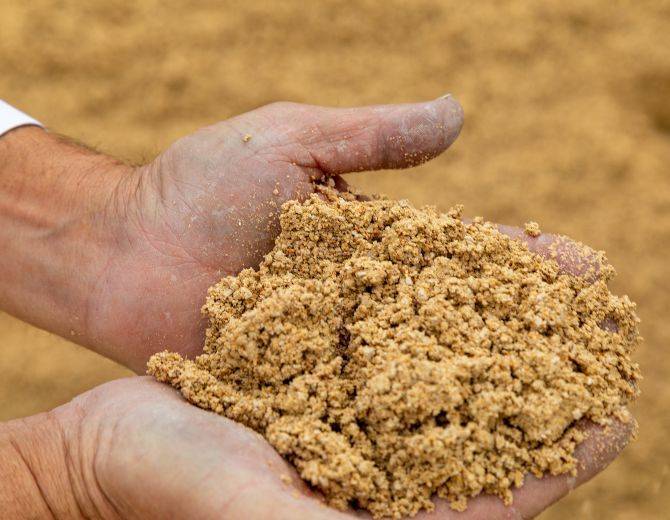
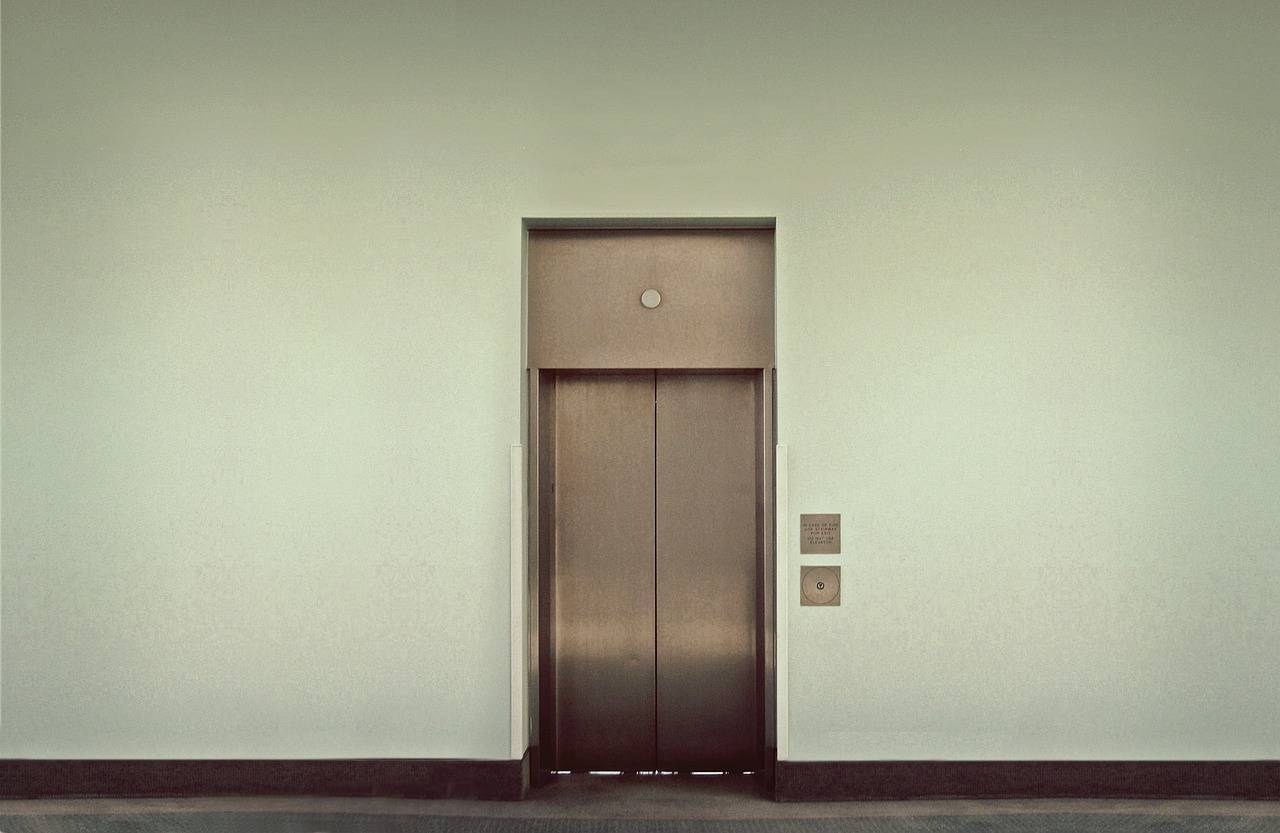
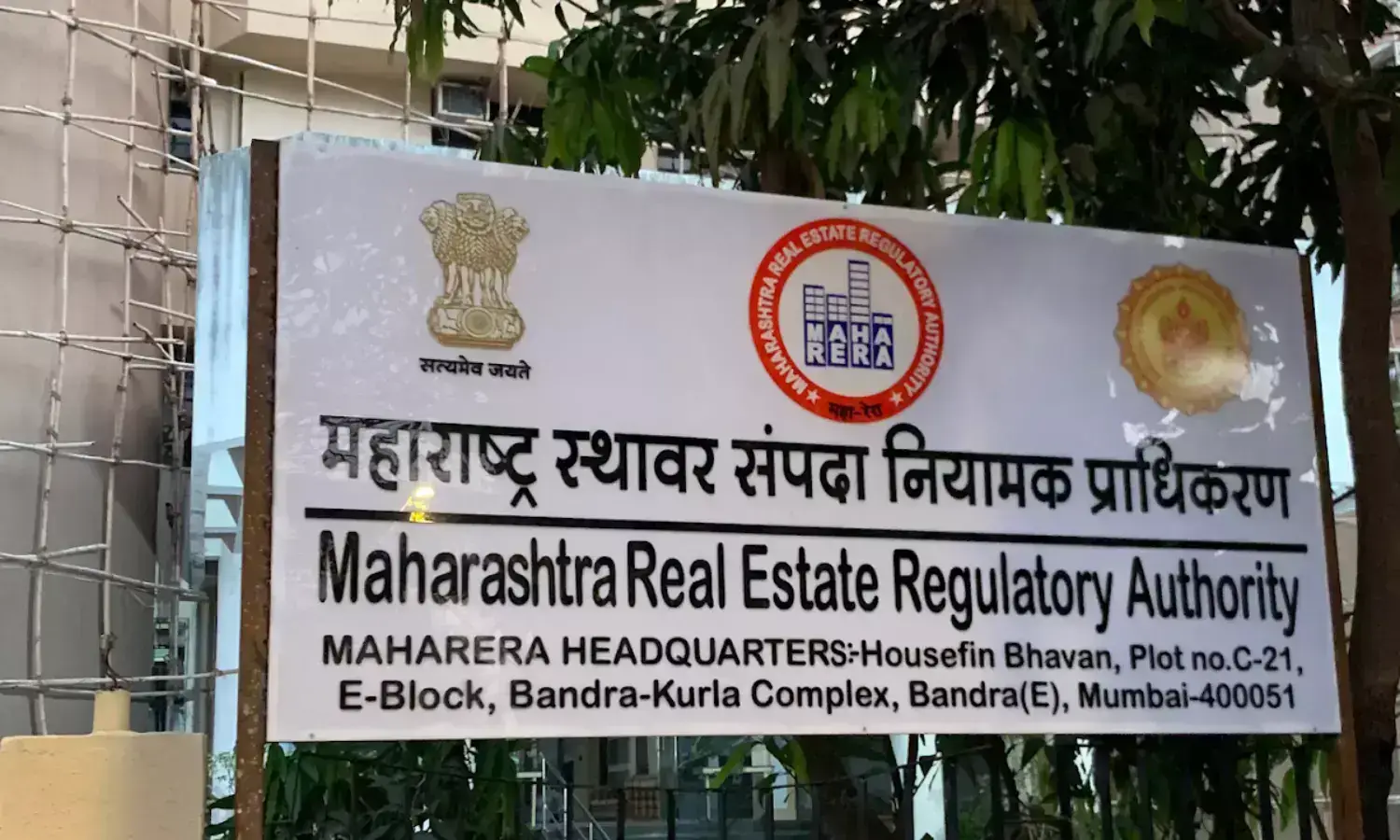

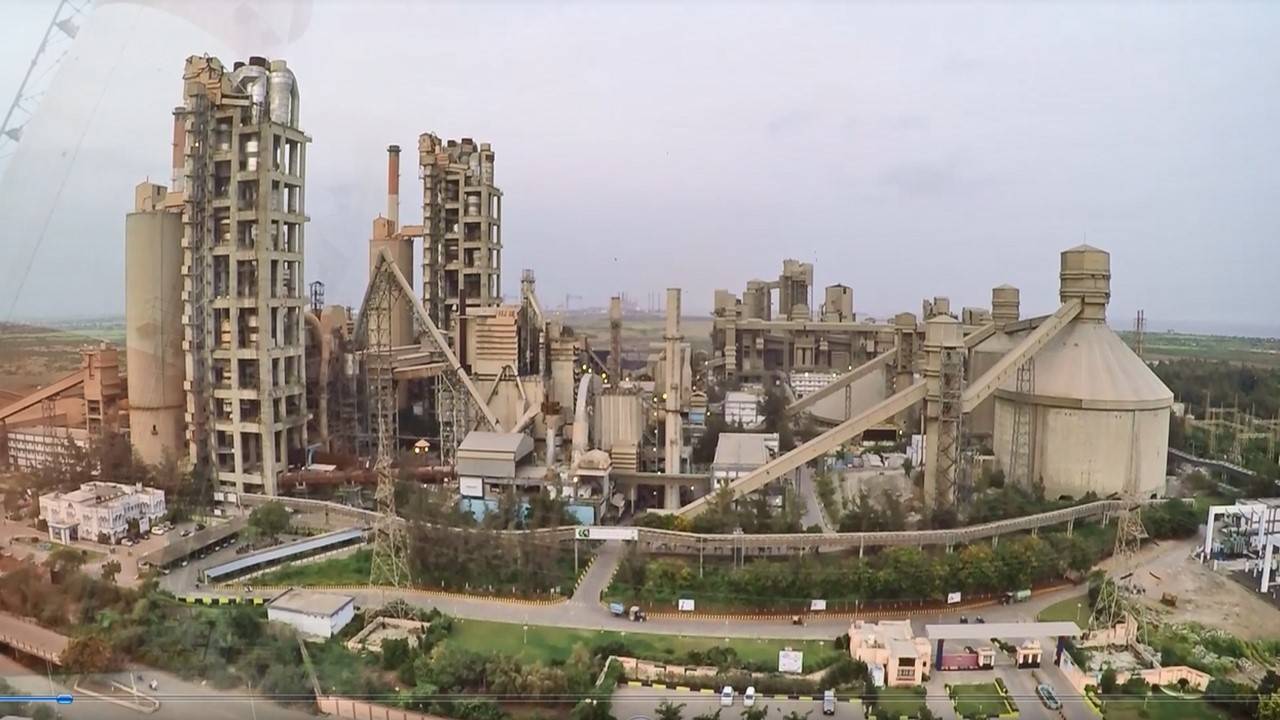
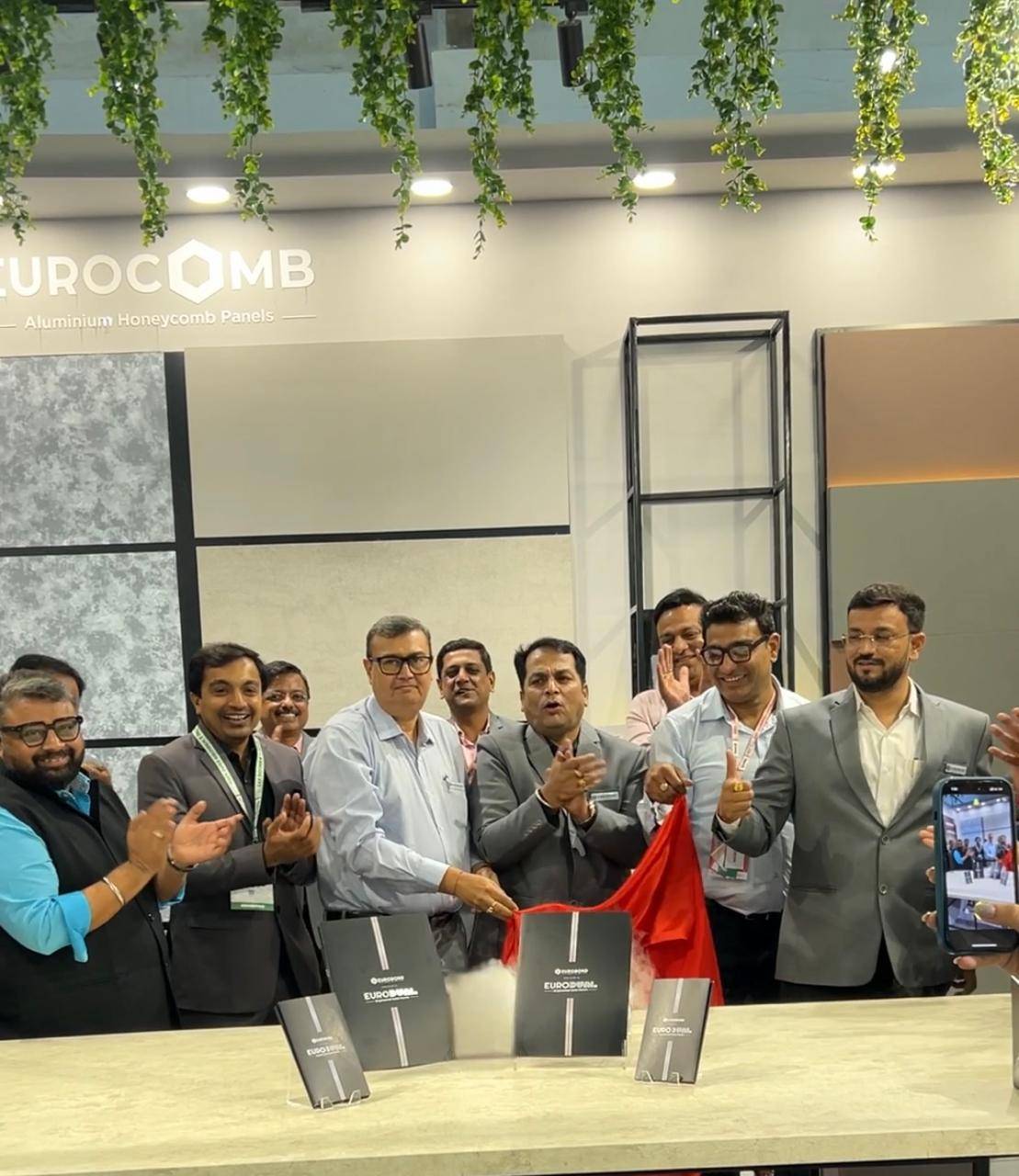
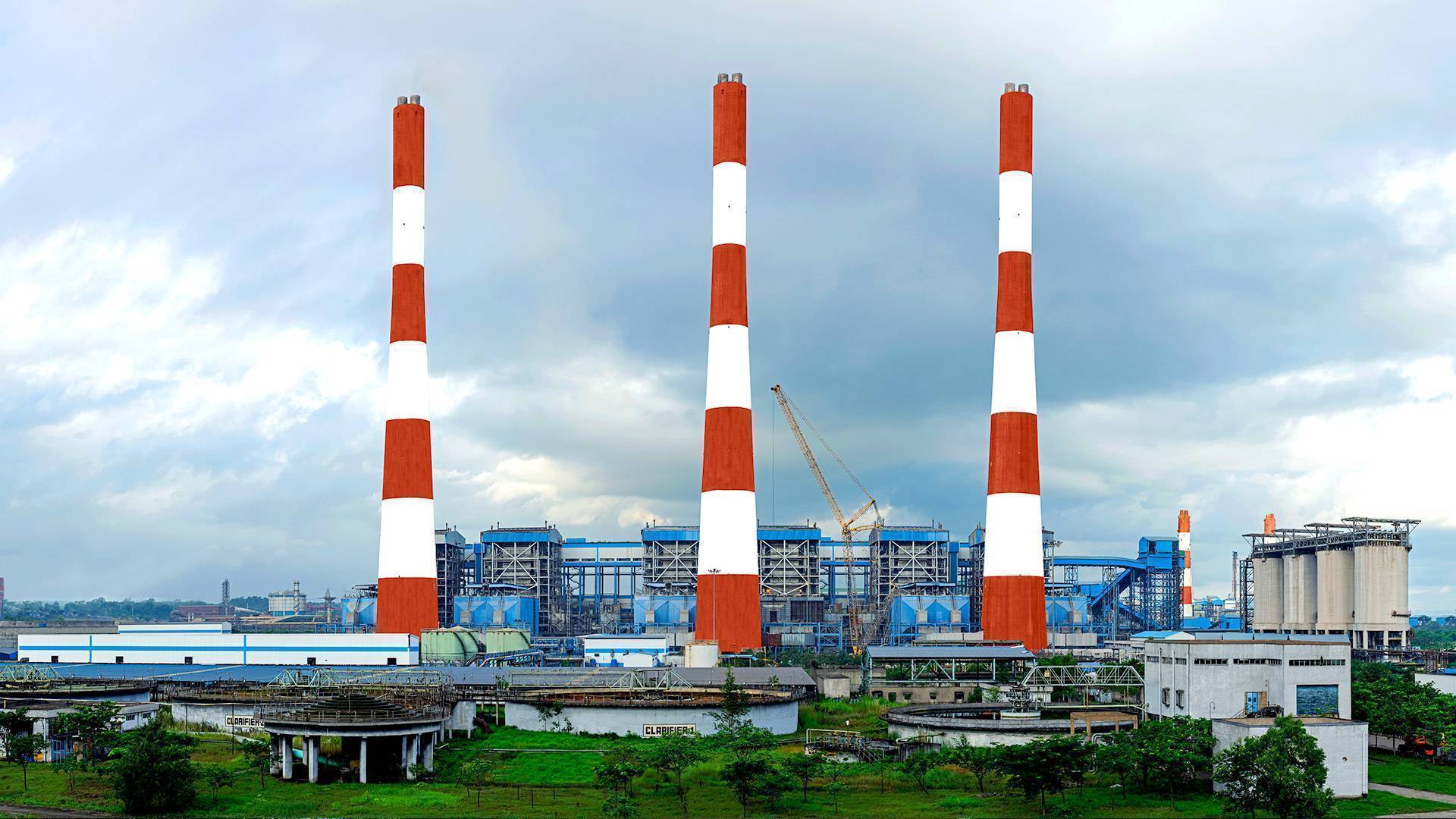
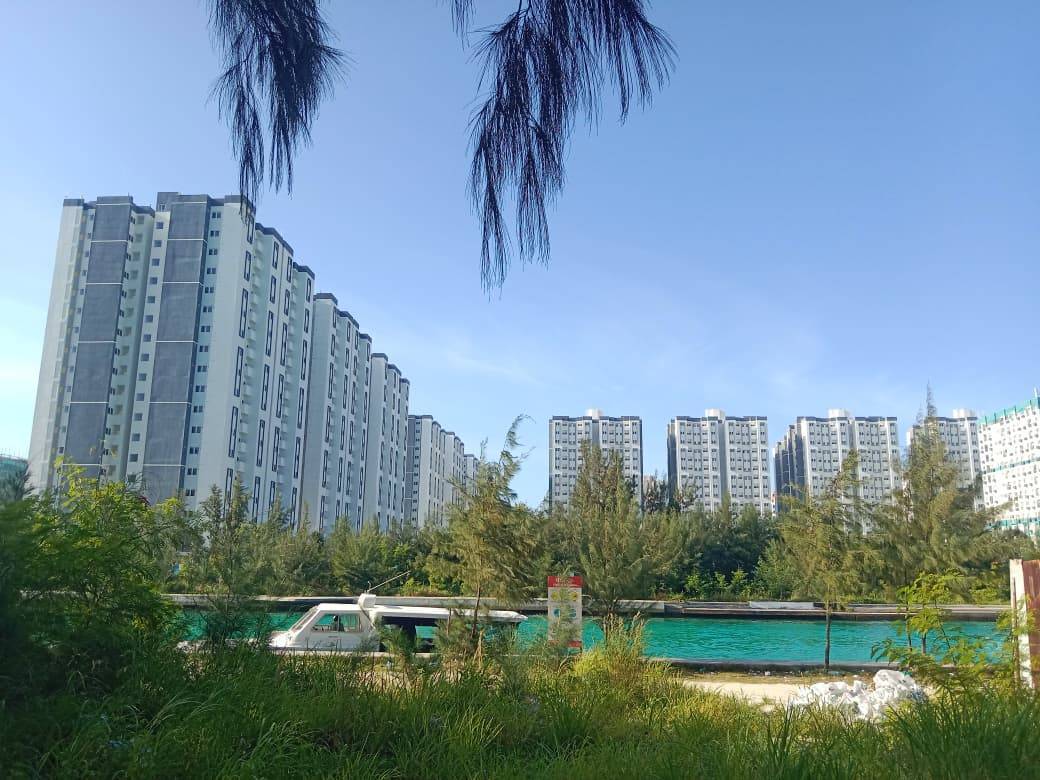
.png)